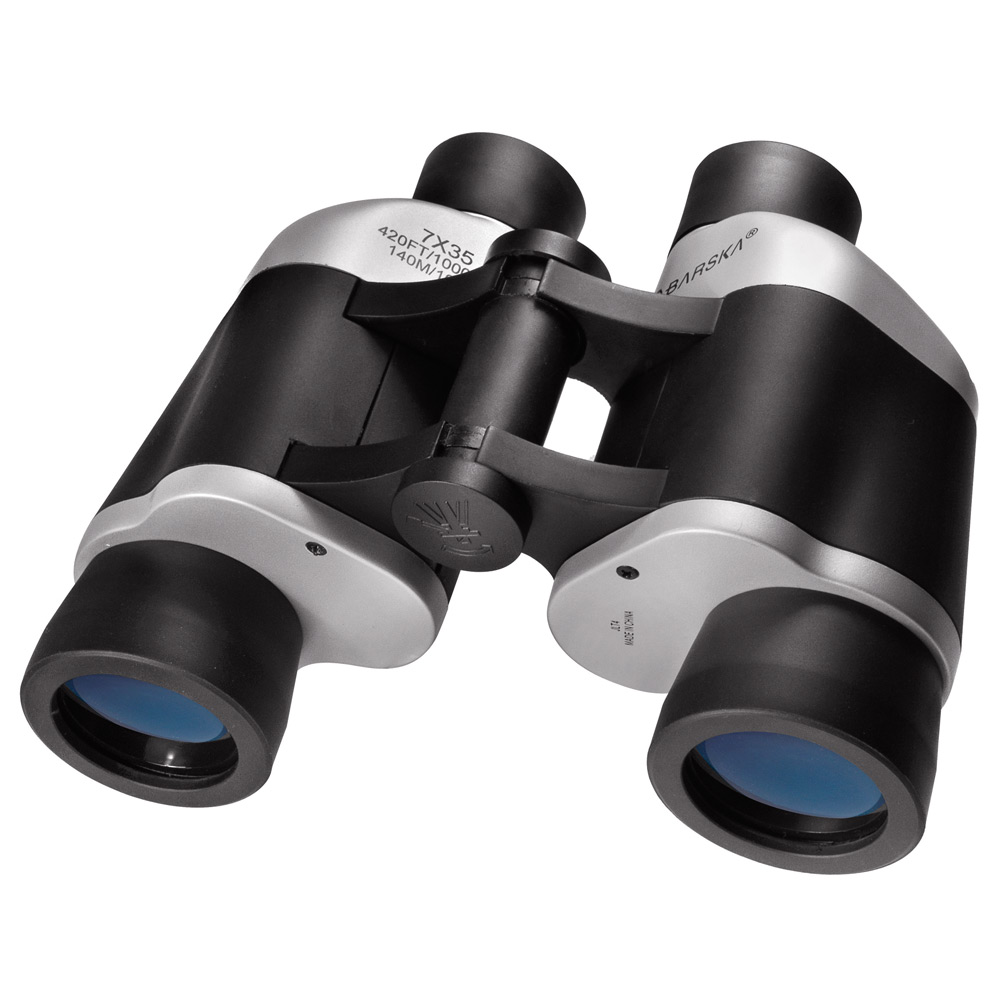

Their function is to eliminate red light from the image, reducing apparent chromatic aberration, but they give the image a blue-green cast. Some manufacturers tout their binoculars’ ruby coatings (referring to the color, not the mineral). Such lenses are easier to clean because dirt has a harder time sticking. The coatings make water form beads on the surfaces instead of sheeting. Large diameter binoculars with an objective lens effective diameter of 40mm or more are recommended for dim locations such as star observation and birdwatching. If the light appears clear, then there are no coatings.Īdditionally, some manufacturers are now putting water-repellant coatings on the outside of the objective lenses and eyepieces. If the reflections are purple, green, or yellow, then you have a binocular with lens coatings. You can check for the presence of coatings by looking at the reflections of artificial light in the objective lens. You can find phase-coated, full-size binoculars priced as low as $140, a price that keeps creeping lower. Composed of a thin layer of dielectric material, the coating delays the light waves just enough for the peaks to come back into phase. Most bird-worthy binoculars today have a phase-correction coating on one face of the prism. When this happens, peaks of light waves that lined up perfectly when they entered the binocular go out of phase, and interference occurs, reducing brightness and sharpness. (On Porro prism models, the lenses are offset.) Light moving through roof-prism binoculars is folded back on itself for a short distance. Phase coating. Most birding binoculars today are roof-prism designs – that is, the eyepiece is in line with the objective lens. Although this level of coating does not guarantee the best quality (quality is in the execution), it is an indicator that greater care has gone into the design. Fully multi-coated lenses are typical of high-end optics. This is done under the theory that a single coating is harder and more durable and the light reflected from the outer surface does not affect image contrast.įully multi-coated. Multiple coatings on all lens surfaces. Even some of the best optics available have only a single coating on the outside lens surface. Multi-coated. Multiple layers of coatings on one or more of the lens surfaces. The coatings typically described in users’ guides are defined as follows:Ĭoated. A thin anti-reflective coating (usually of magnesium fluorite) on one or more of the lens surfaces.įully coated. At least one thin anti-reflective coating on both sides of the objective lens system, both sides of the ocular lens system, and the long side of the prism. Manufacturers of quality optics add up to 80 thin coatings to optimize transmission of each of the basic colors. A poor optic, therefore, may lose as much as 35 percent of the light entering the objective, but a high-end design may lose less than 5 percent.Ĭoatings also improve image quality because light bouncing around the interior of the optic washes out detail and blurs colors. Lenses with multi-coatings reduce light loss to tenths of a percent.

Without coatings, each lens may lose up to 5 percent of the light passing through it.


 0 kommentar(er)
0 kommentar(er)
